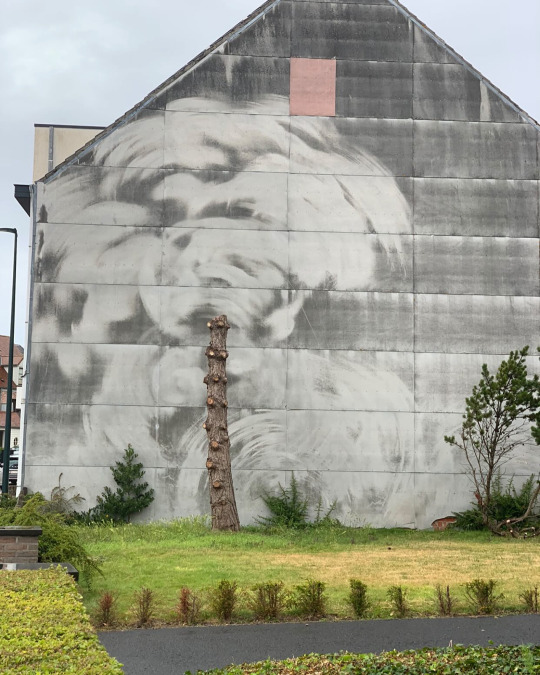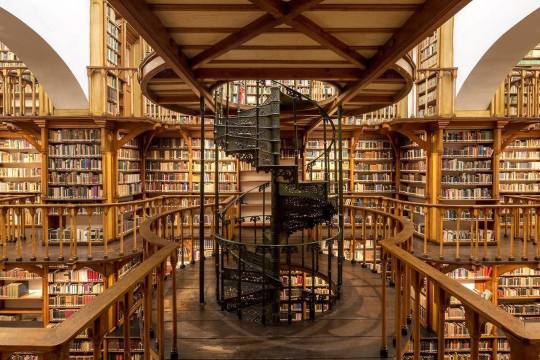Love of the Arts and all thing beautifull. Inspiration may come for anywhere,So see everything!
Don't wanna be here? Send us removal request.
Photo






(via La timidité des cimes Installation / Atelier Poem | ArchDaily)
72 notes
·
View notes
Photo





Flower market and café-tower in Escher-Wyss Platz . Zürich . Switzerland . Adrien Comte + Adrien Meuwly
71 notes
·
View notes
Text

Wexham Park Hospital, Slough
1966
Powell and Moya
Image from RIBApix
229 notes
·
View notes
Photo



Waterloopkundig Laboratorium, Delft, H. Kammer, 1927
89 notes
·
View notes
Photo

Walter Gropius, Edificio de viviendas en Hansaviertel, 1957. Foto: Rudivan Cattani, 2008
95 notes
·
View notes
Photo





Matthias R. Schmalohr - Haus F1, Munich 2010. Via, photos © Klaus Dieter Weiss.
Keep reading
526 notes
·
View notes
Photo

Naples Underground Central Station, Naples Miralles Tagliabue EMBT 2021 Paolo Fassoli
145 notes
·
View notes
Photo







Pallares House and Studio / Vrtical Photos © Rafael Gamo
361 notes
·
View notes
Photo

Fröbelseminar (1926-27) in Mannheim, Germany, by Josef Zizler
131 notes
·
View notes
Photo

Nabi Yusha police fort or Metzudat Koach, built by the British Mandate administration during the 1936–39 Arab revolt in Palestine and currently used by the Israel Border Police.
125 notes
·
View notes
Photo




Hans Hollein, Retti Candle Shop, Vienna, 1966
404 notes
·
View notes
Text
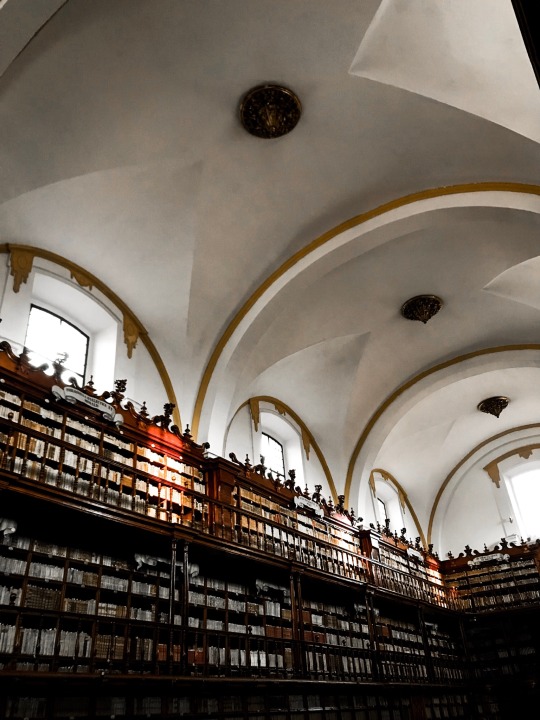
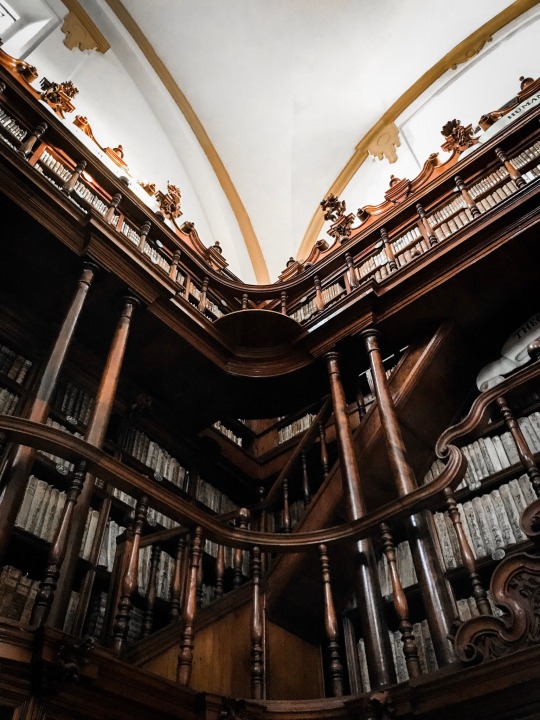
Biblioteca Palafoxiana, Mexico.
Today I went to this amazing place and books really are the most beautiful human creation ever, huh?
4K notes
·
View notes
Photo
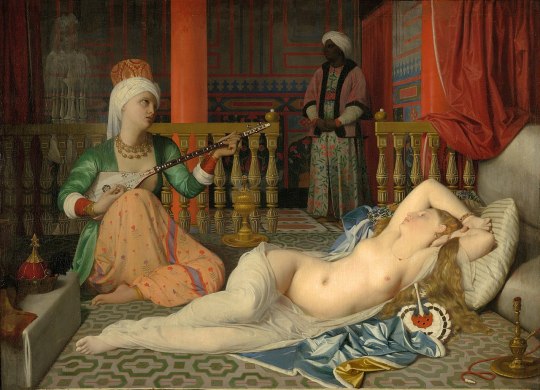
Odalisque with Slave, 1839, by Jean Auguste Dominique Ingres (1780-1867)
Why Victorians Went Crazy for Orientalism
During the period of feverish obsession with Orientalism, European artists and art lovers looked towards what they dubbed the “East” - aka the “Orient.” The Victorians weren’t overly specific, as this region actually spans many distinct territories and cultures over the Middle East, North Africa, and West Asia. They all did have one sure thing in common however, their “otherness.” They were decidedly different from European culture and while the obsession of the Orient has stretched quite far back in history (and I mean centuries before), we’re going to focus on how and why the Victorians in particular went crazy for it.
The idea of the “Orient” often sets the scene in one’s mind as slave markets, snake charmers, women either dressed in too much clothing or none at all, the hustle of markets and harems, as ‘Arabian Nights’ from Disney’s Aladdin plays in the background. These are just some of the stereotypes which continue to dominate much of the region(s) rich cultures and histories. Provocative, erotic, and exotic.
Power and Obsession
Society at this time held an appreciation of the complex architecture, but often little else, interested only in what the artists could portray as consumable to an audience - whether it was an accurate representation or not.
They largely pushed the view of East civilizations “otherness” through unrealistic portrayals of its people. Clearly all Arab and Turkish men were snake charmers or slave traders, and all women were poor sexy slaves or… sexy slaves with slightly more luxurious lifestyles - “sexy slave babes” as Lindsay Ellis playfully coins in her video essay ‘The Most Whitewashed Character In Literary History.’ It largely represented these cultures stereotypes or fantasies from the Victorians outside perspectives.
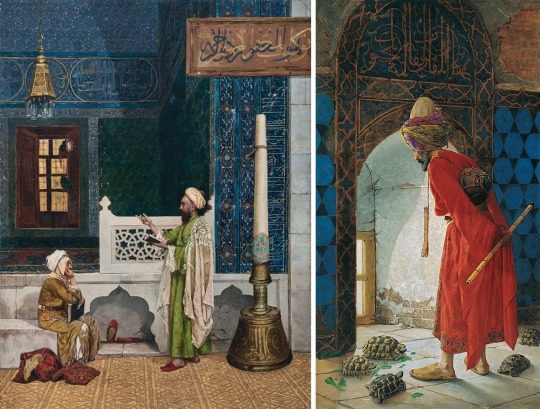
For example, look at the amazing care Osman Hamdi Bey, an artist actually born within the Ottoman Empire, took in portraying the architecture and lettering within ‘Reading the Quran,’ and ‘The Tortoise Trainer.’

While Jean-Léon Gérôme’s painting ‘The Snake Charmer’ isn’t as grounded in reality.
These portrayals, which didn’t just occur in visual art but also frequently in literature and the World’s Fair, created a narrative in which the Western control of the East made them civilized and justifying that good ol’ colonial spirit.
Breaking the Nude Rules
Nudity was a big thing for the Victorians. Today we regard them as shrewds scared of showing their ankles, but they went nuts for scandal and drama. Traditionally in Victorian art, nudity had to hold a purpose in order to be deemed acceptable. This included requirements such as depicting mythological or allegorical figures. Then entered ‘Orientalism’ and with it an exception to the rule, where they could view as many naked sexy slave babes that they wanted! Orientalism was an exception to the Nude Rules within Victorian society, and Orientalist artists milked it. Depictions of harems within Victorian art could vary greatly, from some showing it as a more domestic space for women, to others dialed up the exotic and erotic to 100.
When seeing how the Harem was depicted in art by men in particular isn’t all that surprising, as it was the unrealistic portrayal of what was essentially the equivalent to an exotic form of an all-girls sleepover, equipped with nothing but pillows. In short, it was pure fantasy. This is largely due to the fact that men weren’t actually allowed in harems. Going back to Ellis’ video essay, these 19th century European men of course struggled with the “why can I not have the thing?” mentality, and so were naturally inclined to go off nothing but their sexy, sexy fantasies.
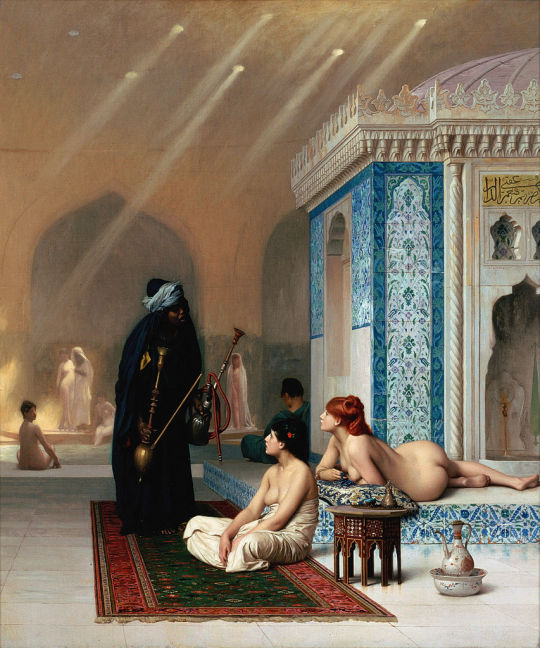
For example, let us view the harem through the male gaze with Jean-Léon Gérôme’s ‘Pool in a Harem,’ painted in the 1870s.
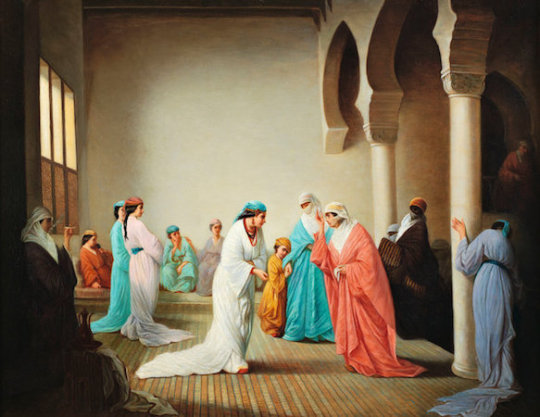
In comparison is Henriette Browne’s 1860 painting titled ‘A Visit: Harem Interior, Constantinople.’
Beautiful but Problematic
Orientalism, since the publishing of the famous ‘Orientalism’ by Edward Said, has been dubbed inherently racist by many. Many depictions were for sure inspired by colonialism and the want to patronising-ly differentiate civilizations. Adam Shatz in his article ‘Orientalism, Then and Now’ suggests that this hasn’t ended with the Victorians:
“Orientalism is still with us, a part of the West’s political unconscious. It can be expressed in a variety of ways: sometimes as an explicit bias, sometimes as a subtle inflection, like the tone color in a piece of music; sometimes erupting in the heat of argument, like the revenge of the repressed. But the Orientalism of today, both in its sensibility and in its manner of production, is not quite the same as the Orientalism Said discussed forty years ago.” - Adam Shatz, The New York Review of Books
The Victorians undoubtedly fetishized these cultures in the guise of documenting the culture. And these stereotypes continue to persist to this day and I will use Arab stereotypes to example in particular as they are damaging and prevalent in current times. On the site for ‘Reclaiming Identity: Dismantling Arab Stereotypes,’ it’s described how these views contribute to a larger (and inaccurate) view of the Middle East:
“‘Orientalism’ is a way of seeing that imagines, emphasizes, exaggerates and distorts differences of Arab peoples and cultures as compared to that of Europe and the U.S. It often involves seeing Arab culture as exotic, backward, uncivilized, and at times dangerous.” - arabstereotypes.org
There is also the anti-Turkish sentiment which still exists and was present in the Ottoman Empire itself, often using less than imaginative derogatory terms. Organisations such as the Foundation for Political Economic and Social Research and publications such as Daily Sabah aim to bring light to this today, with the latter stating “Turkophobia hasn’t vanished into the thin air and is still lingering in Europe,” in their article ‘Turkey’s aid in global COVID-19 battle and lingering Turkophobia.’
Orientalist artists no doubt made visually stunning works of art, but delving deeper into identifying what makes them more fantasy than reality and the repercussions that came from that is far more important. These works often took away what made the cultures of these regions unique and interesting in order to push their own narrative, and push a consumer trend. When again looking at an orientalist piece perhaps ask yourself what aspects the artist is portraying; reality or fiction?
11K notes
·
View notes
Photo




Architectuur van het dorp Ratenggaro op het Indonesische Oost-Soemba.
1K notes
·
View notes
